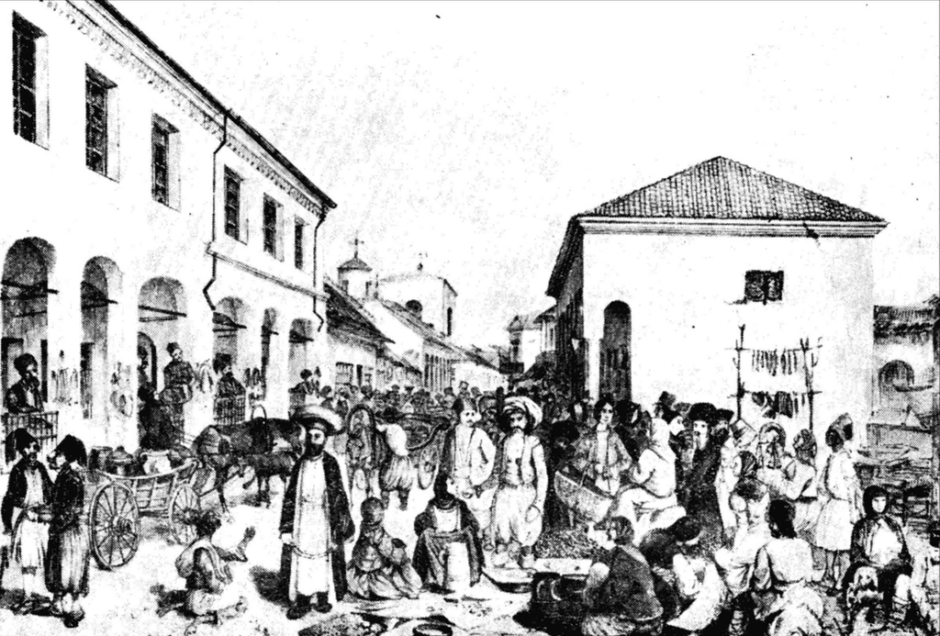In his sentimental film, Fiddler on the Roof, based on Sholem Aleichem’s beloved stories, Norman Jewison immortalized Anatevka, a shtetl in Russia’s Pale of Settlement steeped in piety and poverty and stricken by pogroms.
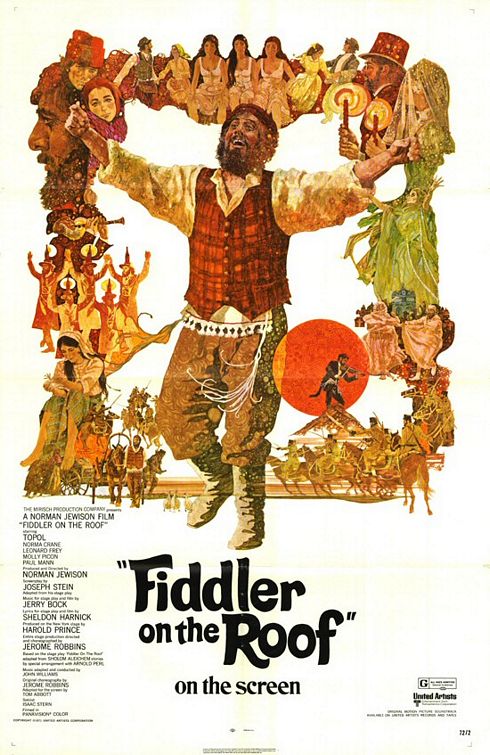
By the late 19th century, the shtetl, though in a parlous state of decline, was home to 80 percent of East European Jews, who, in turn, comprised two-thirds of world Jewry.
It was a far cry from the days when the shtetl, a village inhabited mainly by Jews, was a going concern, Yohanan Petrovsky-Shtern suggests in his exhaustive prize-winning book, The Golden Age Shtetl: A New History of Jewish Life in East Europe, the paperback edition of which is published by Princeton University Press.
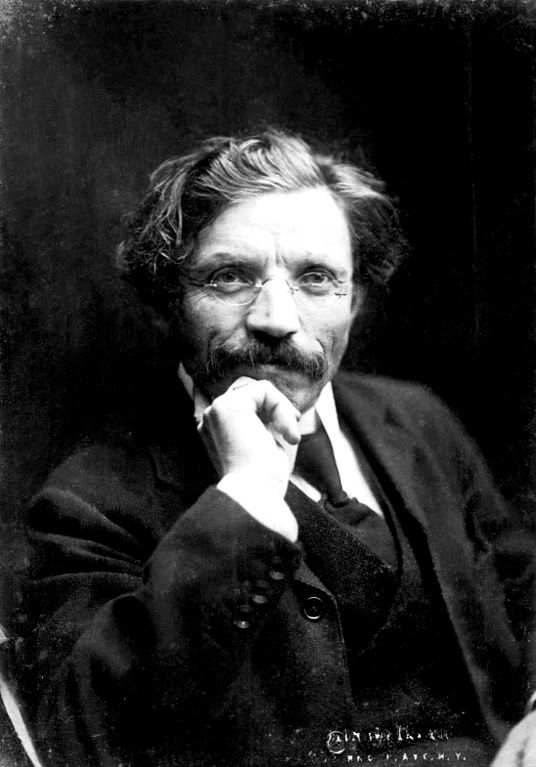
By his reckoning, the shtetl reached its apogee during a fifty-year span from the 1790s to the 1840s. “During this period, the shtetl was very different from what we usually imagine it to have been,” writes Petrovsky-Shtern, a professor of Jewish Studies at Northwestern University.

This epoch was bookended by two major events — the partitioning of Poland by Russia, Prussia and Austria, which began in 1772 and ended in 1795, and the dawn of what he describes as “the Russian imperial iron age, with its militarization, political and economic rivalry, xenophobia and nationalism.”
As a result of the partitions, Russia basically inherited the shtetl, which became a Polish, Jewish and Russian “joint effort.” No longer Polish, yet not entirely Russian, the shtetl prospered.
Russia’s attitude toward itvaried, shifting from caution and respect to envy, suspicion and intolerance. “Once its better days were over,” he writes, “the shtetl continued on in the cultural memory, folklore, literature and phraseology of Russians, Ukrainians, Poles and Jews.”
In charting its rise and fall, he examines several dozen shtetls in the Ukrainian districts of Podolia, Volhynia and Kiev, all of which were in the Pale of Settlement, the area where the vast majority of Jews in the Russian Empire were required to live. Today, this region spills into three countries: Ukraine, Belarus and Lithuania.
Long before the partitions unfolded, he explains, Polish magnates used Jews as a colonizing force to build up these underpopulated and economically underdeveloped territories. Their manorial estates morphed into Polish private towns, the precursors of the fabled shtetl.
The Russian government, at first, appreciated the value of the shtetl. As Petrovsky-Shtern observes, “The shtetl Jews engaged in trade; trade brought in people; people brought in goods; goods brought in money, and money enriched the magnates, benefited the towns and contributed to the Russian economy.”
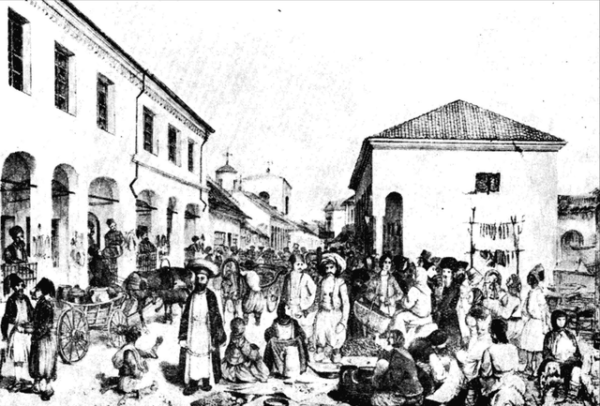
But under the guise of combating the contraband trade and nurturing local stability, Russia broke the back of the shtetl economy by forbidding the import of luxury goods such as gold and silver earrings and French wines. “These items were important for Poles as consumers and Jews as purveyors,” he notes.
The Russians also undermined the shtetl by ultimately driving Jews out of the lucrative liquor trade, says Petrovsky-Shtern.
By the 1750s, 55 percent of tax-paying Jews in Podolia earned a living by buying and selling liquor. And by 1795, about 85 percent of Jews in eastern Poland managed taverns. “For the founders of Slavic Romanticism, such as Nikolai Gogol, Adam Mickiewicz and Taras Shevechenko, the quintessential Jew was a tavernkeeper,” he states.
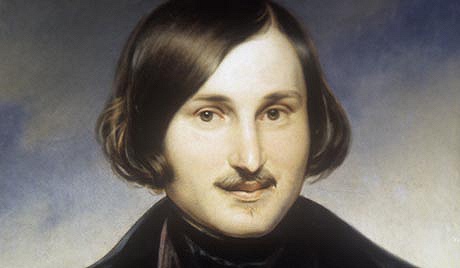
The liquor business shaped the shtetl.
“Whoever controlled (it) controlled the shtetl,” he says. Determined to banish Jews from this trade, the Russian czar, Alexander I, outlawed Jewish tavernkeeping in rural localities. His successors carried on his policy by opening state-owned taverns, wineries and stores.
Jews were dealt another grave blow with the establishment of textile plants and ready-made clothing factories, which rendered Jewish artisanal stores in the shtetl redundant. “By the early twentieth century, Russia had disowned the shtetl, which now turned into a town surrounded by beautiful landscapes and abundant pastures …”
Far from focusing exclusively on the economy of the shtetl, Petrovsky-Shtern segues into related fields of inquiry.
“Jews in the shtetl were quite the opposite of those meek, short, narrow-shouldered, near-sighted and hunched over, physically inept images we find in memoirs and travelogues,” he says. “The well-fed and able-bodied Jews of early nineteenth century Ukraine combined the mental qualities of urban dwellers and the corporeal capabilities of peasants.”
Jewish women played an outsize role in the shtetl, as he points out in this passage: “Women, the key decision makers, assumed responsibility for bar tending and cooking, protecting and renovating their real estate, litigating in courts and trading in the marketplace.”
He adds, “The Jewish family was patriarchal in men’s imaginations only. The golden age shtetl was entirely matriarchal.”

Before pogroms in the 1880s touched off large-scale Jewish emigration, Jews from the shtetl immigrated to Palestine. By his estimate, chassidim from Volhynia constituted the second largest group in Palestine’s Jewish community in 1840.
Turning to modern times, Petrovsky-Shtern says that, with very few exceptions, towns and villages that could once be called shtetls had almost nothing in common with them. “Only the name of the shtetl is still a reminder of its past. The shtetl irreversibly turned into a cultural artifact, a magic lantern with faded pictures of the lives of the Jewish forefathers.”
The classic shtetl of yore is gone. As Petrovsky-Shtern concludes, “It vanished, like an East European Atlantis, together with its unique dwellers, their pursuits, their material culture and their dreams.”
